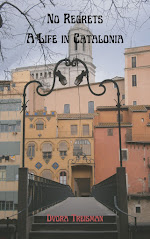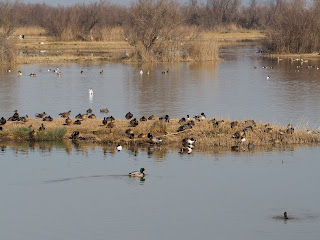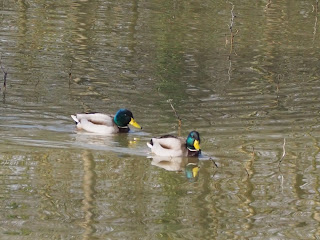On a visit to the wetlands in early February I found a colony of over two dozen white storks. February is when they return from Africa to Europe to nest. But at least part of this group stays all year, as you can see a fair number of them in the park during the fall and winter.
Storks are monogamous but do not necessarily mate for life. It’s sad to think that those same birds that bring our babies also get divorced. They will use the same stick nest for years although outside of breeding season the nests are empty even if the birds are around. I wonder, if a pair gets divorced, who keeps the nest?
A return would set off a great clattering of beaks. I heard the racket before I even saw the birds and thought there was some kind of farm machinery running nearby.
The nests are close to each other and the colony looks like a little village in the trees.
And then, in a nearby pond, there were the ducks. Lots and lots of ducks. Many dozens of ducks. If the storks made a village, the ducks made a town. Were they parents with children? It seemed too early for that and I saw only adults paddling in the water. Although they can make their nests on the ground, they usually choose covered spots in the brush. These were out in the open, most of them resting on the small islands in the pond.





















No comments:
Post a Comment